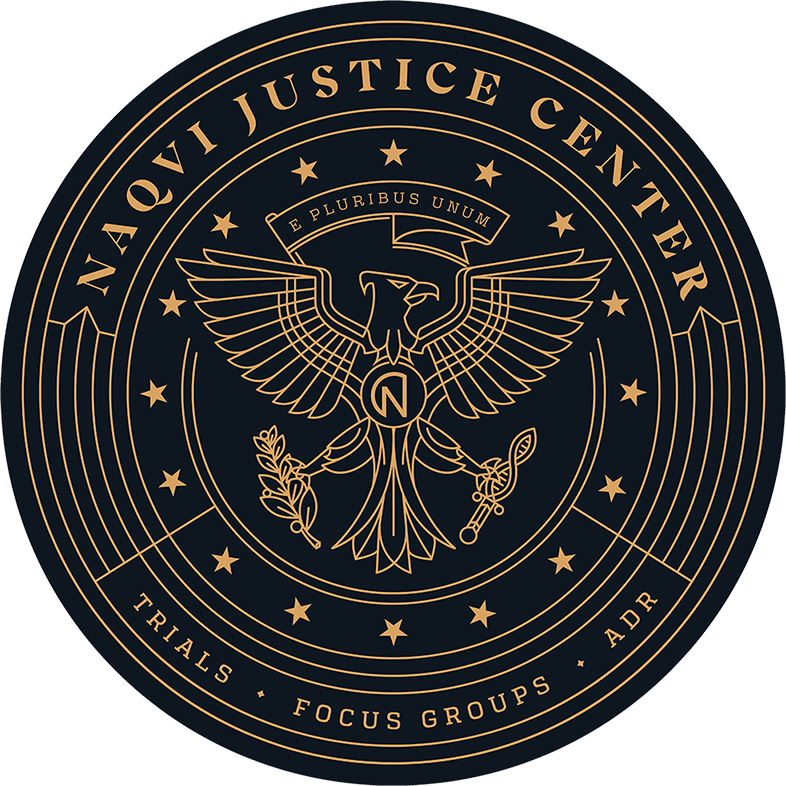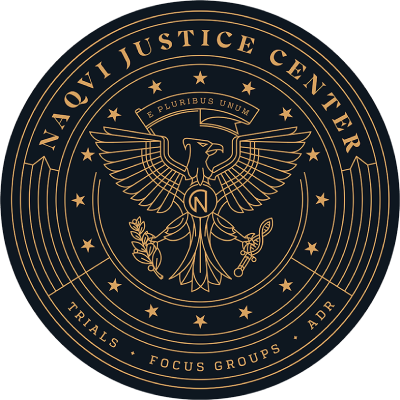A 32-year-old man ran a red light and smashed into a Toyota pickup, killing its driver almost instantly.
The wreck occurred at the intersection of Mount Hood Street and East Lake Mead Boulevard, not far from North Hollywood Boulevard. Investigators state that the Toyota driver, whose name was not released, had the green light as he entered the intersection. At about that time, Alberto Banuelos barreled into the intersection, driving a Chevrolet Avalanche. After the wreck, Mr. Banuelos initially fled the scene but later turned himself in.
He faces a number of unspecified charges.
Establishing Liability in Nevada Intersection Collisions
Usually, to obtain compensation, the victim/plaintiff must establish the five elements of a negligence case (duty, breach, cause, proximate cause, and damages). Many times, a negligence case is a straightforward affair. However, it is often time-consuming and cumbersome. Moreover, as a rule of thumb, the more moving parts there are, the more likely it is that something may break.
So, whenever possible, car crash lawyers try to use the negligence per se shortcut. Typically, tortfeasors (negligent drivers) are liable for damages as a matter of law if:
- They violate a safety law, and
- That violation substantially caused the car crash.
The broad negligence per se doctrine is usually available in other traffic collisions as well. Infractions such as DUI, speeding, ignoring a red light, and making an illegal turn could all apply. Sometimes, negligence per se is only a strong presumption of negligence as opposed to proof positive of liability.
The compensation in both negligence and negligence per se cases usually includes money for both economic losses, such as medical bills, and noneconomic losses, such as pain and suffering. Additional punitive damages may be available as well, in some cases.
Defenses in Las Vegas Intersection Collisions
Contributory negligence could be a defense to either a negligence or negligence per se claim. Essentially, the Nevada insurance company lawyer tries to shift blame onto the victim. For example, in the above story, the tortfeasor could claim that the victim failed to maintain a proper lookout.
Nevada is a modified comparative fault state with a 51 percent bar. For the victim/plaintiff to recover a proportional share of damages, the tortfeasor must be at least 51 percent responsible for the crash. The jury usually divides responsibility, and the judge usually divides damages.
Intersection collisions also frequently involve the last clear chance defense. If the victim had a reasonable opportunity to avoid the crash but failed to take advantage of this opportunity, the tortfeasor may not be liable for damages. Some examples include a failure to swerve out of the way of an oncoming car.
There is a difference between the last clear chance and any possible chance. Even if the victim sees the tortfeasor, it’s not always possible to safely swerve out of the way, perhaps due to weather or traffic conditions.
A similar doctrine, the sudden emergency rule, sometimes comes up in intersection collision cases that involve a jaywalking pedestrian.
Contact a Hard-Hitting Lawyer
Intersection collisions often cause serious injuries. For a free consultation with an experienced personal injury attorney in Las Vegas, contact Naqvi Injury Law. Home and hospital visits are available.

